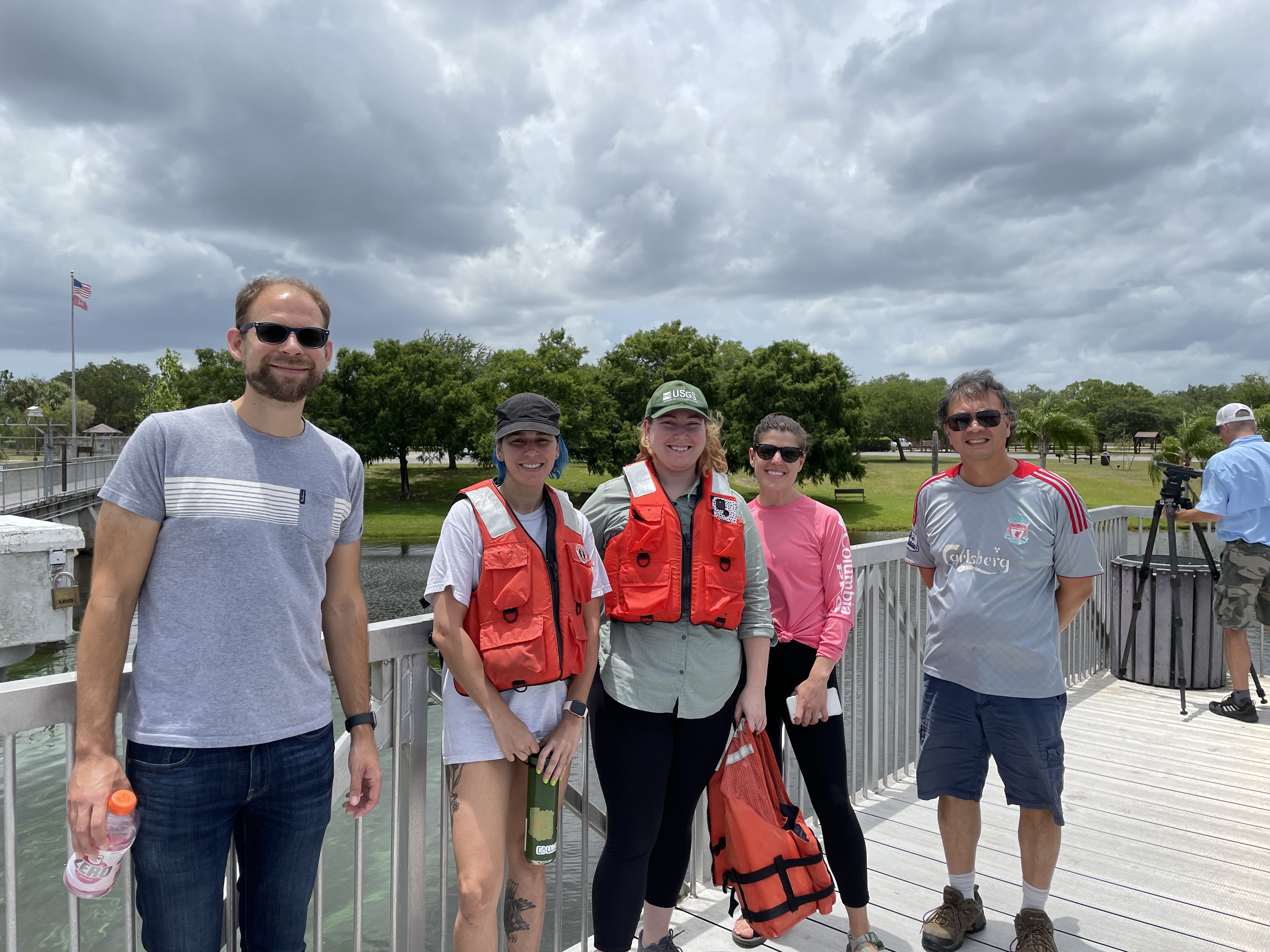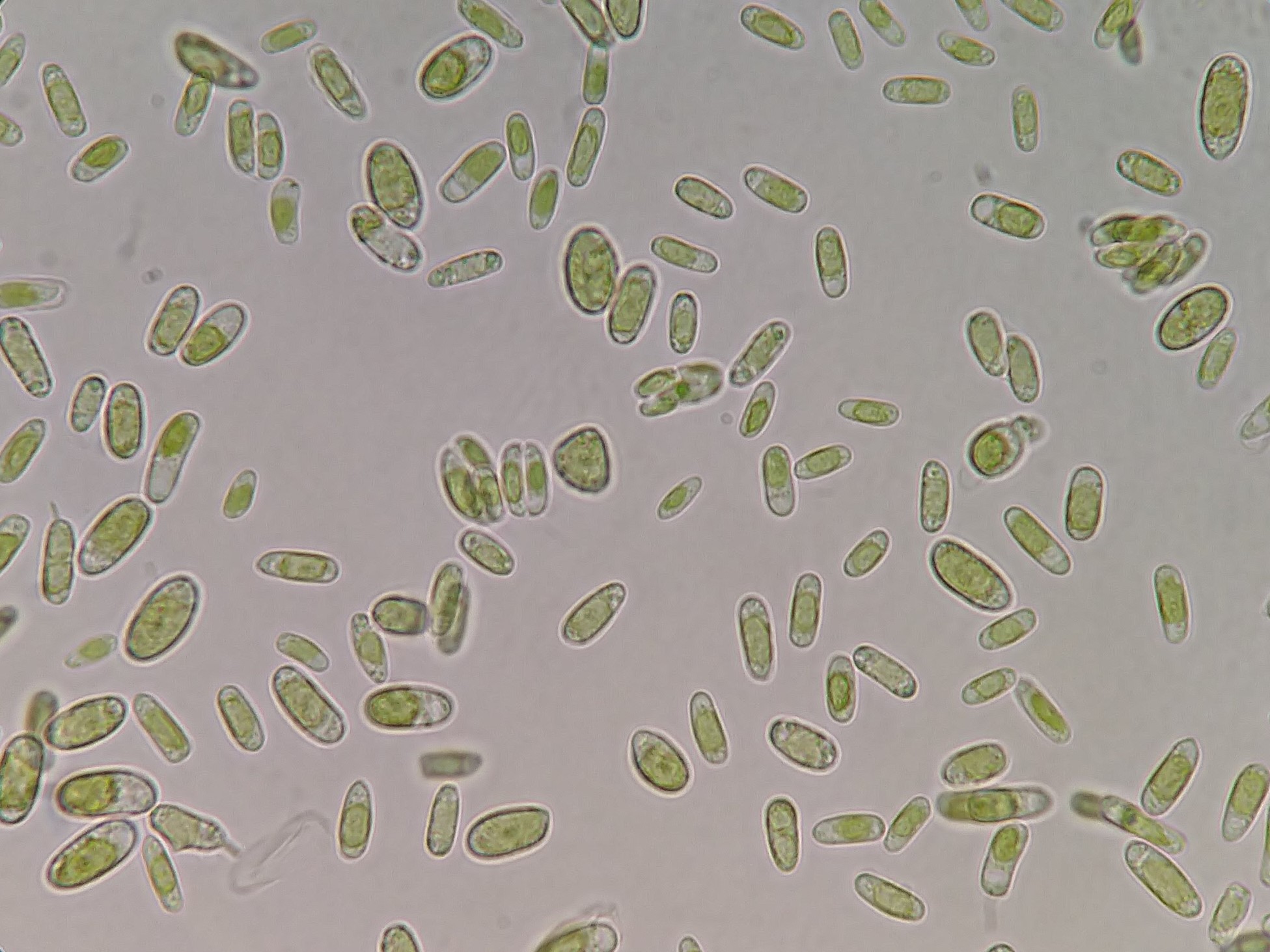From fecal bacteria to blue-green algae to red tides, Southwest Florida’s water quality has declined as its population has increased. Multiple lines of evidence from a multi-year microbial source tracking study points to septic systems as a contributing source for this decline. The study is one of few to connect downstream harmful algal blooms with nutrient loading from upstream septic systems. These water quality issues are caused by aging septic systems installed in high densities in areas with shallow water tables. Septic systems may actually be sitting in groundwater during certain times of the year, which means that they cannot function properly.
Tag: blue-green algae

NSU Researchers Studying Algae Blooms – New Findings Discussed in Science Magazine
They are bluish-green, stinky and yucky. We’re talking algae blooms, that phenomenon that happens in waterways around Florida. And since 2019, researchers at Nova Southeastern University’s (NSU) Halmos College of Arts and Sciences have been studying them with the primary goal to find out why they occur. Their research may lead to new ways of helping address blooms when they occur or help prevent them in the first place.

Bacteria and Algae Get Rides in Clouds
Human health and ecosystems could be affected by microbes including cyanobacteria and algae that hitch rides in clouds and enter soil, lakes, oceans and other environments when it rains, according to a Rutgers co-authored study.